CAF Awards $250,000 in Medical Research Fellowships for 2025-2026
We’re proud to announce five new Cooley’s Anemia Foundation Medical Research Fellowships for the 2025-2026 grant cycle. The total amount of funding for the research Fellowships is $250,000.
These Fellowship recipients were assessed on the basis of the quality of the scientific content, the academic accomplishments and future promise of the investigator, the quality of the mentor in the case of postdoctoral fellowships, and, of particular importance, the relevance of the project to the understanding and treatment of Thalassemia.
The CAF Scientific Review Committee reviewed all applications carefully while adhering to the highest standard for scientifically un-biased reviews and made its recommendations for funding to the CAF Board of Directors, who approved those recommendations at its annual Board meeting.
We thank Dr. Janet Kwiatkowski, Chair of the CAF Scientific Review Committee and Medical Advisory Board, and the other members of the Scientific Review Committee for carefully reviewing the grant applications and making these important recommendations. We are excited to see what the investigators learn in these important and cutting-edge experiments.
Meet The Fellows:
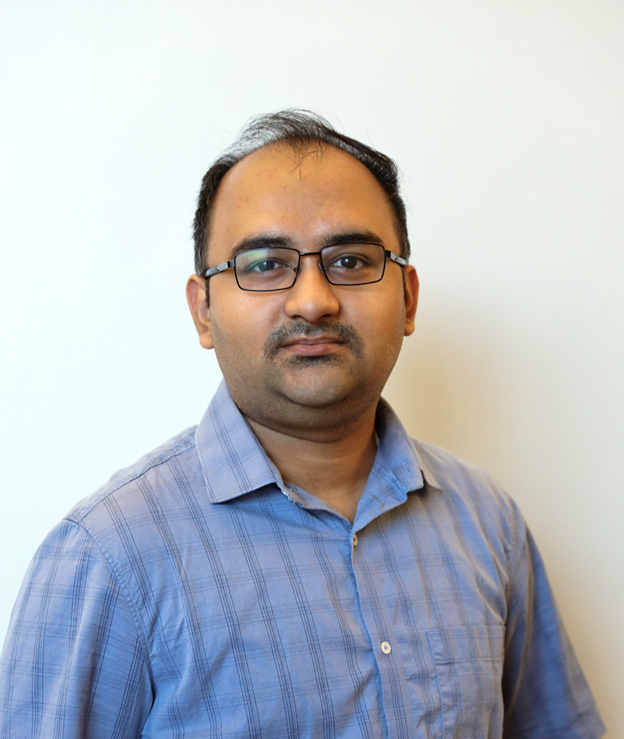
Abhirup Bagchi, PhD
Abhirup Bagchi, PhD is currently a postdoctoral fellow in the laboratories of Dr. Gerd Blobel and Dr. Eugene Khandros, in the Department of Hematology at the Children’s Hospital of Philadelphia. Dr. Bagchi completed his doctoral studies on developing lentiviral based gene therapy vectors for hemoglobinopathies at the Centre for Stem Cell Research, Vellore, India.
Dr. Bagchi’s research focuses on understanding how individual components of the essential BAF chromatin remodeling complex are involved in regulation of red blood cell production and hemoglobin gene expression. The goal of this project is to identify new therapeutic targets to enhance fetal hemoglobin expression and red blood cell maturation in b-thalassemia.

Ellen B. Fung, PhD RD CCD
Dr. Fung is an Adjunct Professor in the Division of Hematology, Department of Pediatrics within the School of Medicine at the University of California, San Francisco (UCSF). She has a long-standing curiosity on the impact of nutrition and physical activity on bone health in children and adults, particularly those with Thalassemia. She is co-author of the first textbook related to the assessment of pediatric bone health, and in 2023 authored a guidebook on nutrition for patients with Thalassemia, published by the Thalassemia International Federation. Dr. Fung is the Director of the Bone Density Clinic at UCSF Benioff Children’s Hospital Oakland and the Director of the Summer Student Research Program; a UCSF summer research internship for underrepresented students passionate about science. When she is not in the office, or mentoring students, she enjoys swimming, hiking, gardening and baking.
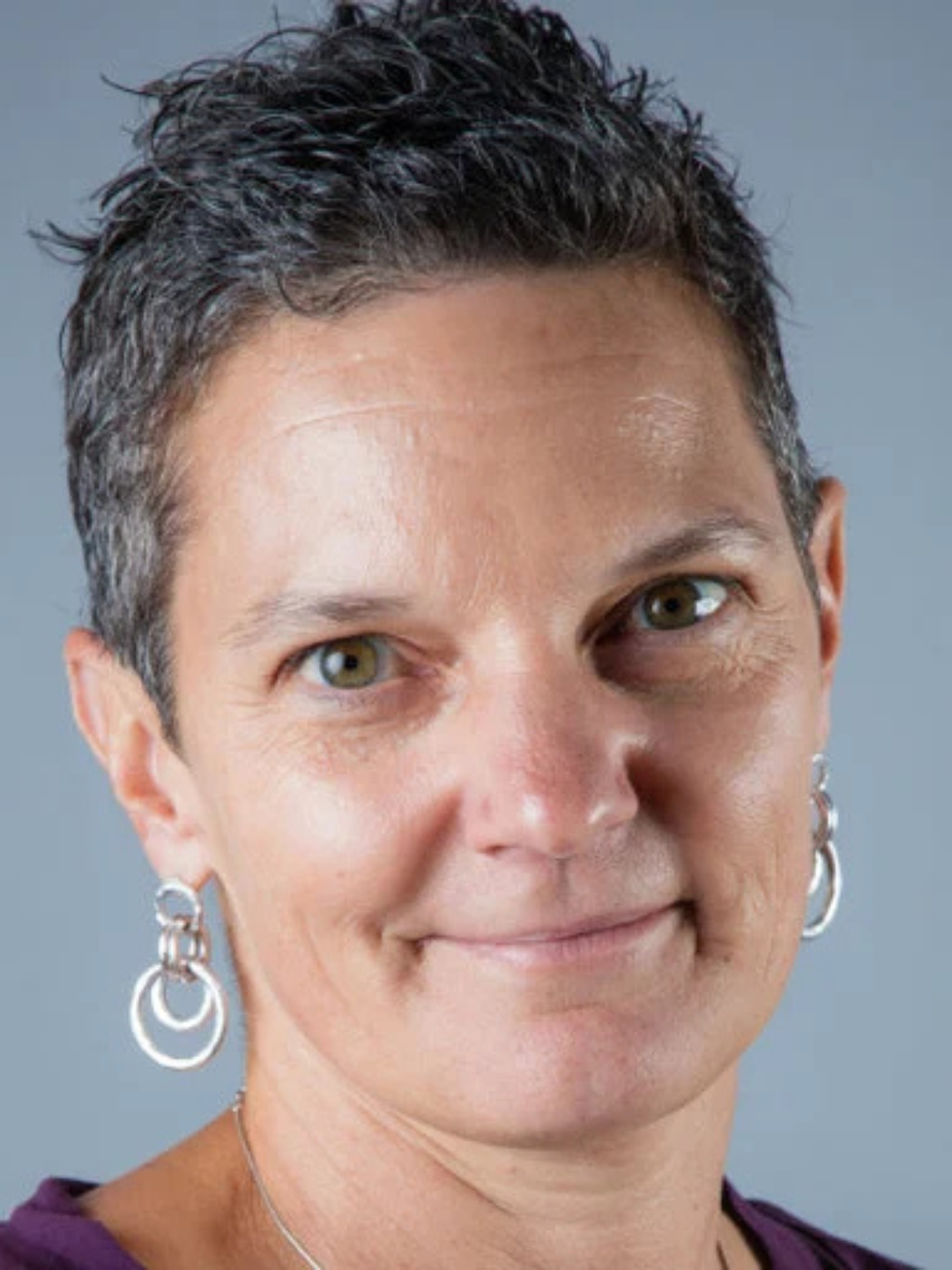
Vanessa Yingling , PhD
Dr. Yingling is a Professor of Kinesiology at California State University, East Bay. She is trained as a biomechanist with specific training during a post-doctoral fellowship in bone mechanics and physiology. As a PI on NIH-funded grants, she has experience using animal models to investigate factors that affect bone strength development. In 2013 she transitioned her research to focus exclusively on human subjects. She has contributed to science establishing the relationship between field tests of muscle function and bone strength in athlete and healthy populations. She has worked with American Bone Health in the revision the NIH Best Bones Forever program into a broad-based curriculum for both girls and boys that can be implemented in after school programs and camps and currently serves on the Fitness Gram Advisory Board. Most recently, Drs. Yingling and Fung collaborated on a project to understand bone strength relative to body size in patients with thalassemia, which led to the current exercise intervention project.
A short description of the project
Over half of all adults with Thalassemia have low bone mass and are at significant risk for fracture. The reasons for low bone mass are multifactorial, though bone morbidity is due, in part, to inactivity. Bisphosphonate medications often used to treat osteoporosis have many side effects and are often contraindicated in patients with Thalassemia. Therefore, non-pharmacological strategies are needed to not only improve bone health and reduce fracture risk, but may also alleviate bone pain. In non-Thal populations, physical activity is known to increase muscle mass, improve bone density and strength, and reduce pain. Patients with Thal are less active compared to their peers, and we have shown bone deficits are associated with inactivity. Previous studies suggest that lifestyle factors can influence bone health in Thalassemia. The logical question remains, can physical activity improve bone health? This study is the natural, most plausible, progression to correcting the significant burden of osteoporosis in Thalassemia. In year one of this study, we propose a 3-month home based exercise intervention. The short-term outcomes to be explored are improvements in muscle mass and function- precursors to long term bone outcomes as well as pain and quality of life. We plan to extend the intervention with a second year of funding, and direct bone outcomes will be assessed. If effective, this simple, non-invasive, cost-effective, easy to implement exercise therapy could be expanded broadly with minimal effort yet have profound effects.
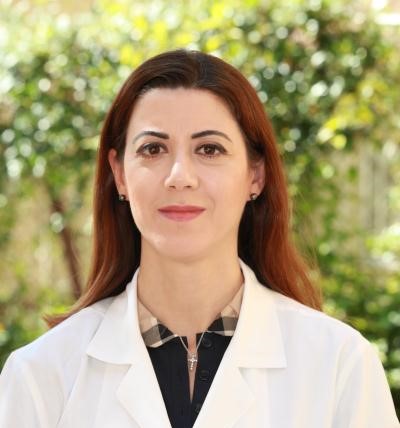
Roula Hourani , PhD
Dr. Roula Hourani is a Professor and Chief of the Neuroradiology Division in the Department of Diagnostic Radiology at The American University of Beirut Medical Center. She received her medical degree from Saint Joseph University in Beirut in 1998 and completed her residency in Radiology at the Hotel Dieu Hospital, followed by one year fellowship in Women’s Imaging at Tenon Hospital in France, then two fellowships in Neuroradiology at the Pitie-Salpertriere Hospital in France and at Johns Hopkins Hospital, Baltimore, USA.
She joined AUBMC in 2004. She helped with the implementation of functional brain MR imaging services at the Radiology Department at AUBMC that was the first in the region after a training at the University of Pennsylvania, Philadelphia in 2005.
She has extensive clinical experience in the field of Neuroradiology as well as in research and teaching. She has a specific interest and expertise in brain tumors, advanced brain imaging techniques, multiple sclerosis, epilepsy and autism.
In addition to her clinical work, she is a prolific academic author, with over 76 publications in top-tier journals such as the American Journal of Neuroradiology, as well as book chapters, abstracts, and international meeting presentations. She has had a prolific career in clinical and translational research, focusing on advanced neuroimaging applications in neurological and systemic diseases. Her work spans diverse conditions, including Thalassemia, multiple sclerosis, epilepsy, autism spectrum disorder, and neurovascular disorders. Her collaborations with international experts and her extensive experience at leading institutions have established her as a leader in neuroradiology research, with a strong focus on integrating advanced imaging into clinical practice.
Dr. Hourani has dedicated much of her research to exploring the neurological impact of systemic diseases, with an emphasis on β-Thalassemia. She has collaborated with world-renowned Thalassemia expert, Dr. Ali Taher, to investigate the silent yet significant neurovascular complications in this patient population. Their studies have identified biomarkers for early neurological damage, including brain infarctions, cerebrovascular abnormalities, and iron-mediated neurotoxicity, using advanced neuroimaging and cognitive assessment tools. In particular, her publications related to Thalassemia include the following:
1. Taher AT, Musallam KM, Nasreddine W, Hourani R, Inati A, Beydoun A. Asymptomatic brain magnetic resonance imaging abnormalities in splenectomized adults with thalassemia intermedia. J Thromb Haemost. 2010 Jan;8(1):54-9.
2. Musallam KM, Beydoun A, Hourani R, Nasreddine W, Raad R, Koussa S, Haidar M, Taher AT. Brain magnetic resonance angiography in splenectomized adults with that involved studying the detection of brain infarction in patients β-thalassemia intermedia. European Journal of Haematology. 2011 Dec;87(6):539-46.
3. Musallam KM, Nasreddine W, Beydoun A, Hourani R, Hankir A, Koussa S, Haidar M, Taher AT. Brain positron emission tomography in splenectomized adults with β-thalassemia intermedia: uncovering yet another covert abnormality. Annals of Hematology. 2012 Feb 1;91(2):235-41.
Description of work
This research project aims to comprehensively evaluate the neurological and cognitive impact of β-Thalassemia using advanced brain imaging techniques and standardized neurocognitive testing. β-Thalassemia is a prevalent inherited blood disorder in the Mediterranean region, associated with chronic anemia, iron overload, and increased thromboembolic risk—particularly among splenectomized and non-transfusion-dependent patients. While clinical management has traditionally focused on hematologic complications, emerging evidence suggests that Thalassemia also contributes to subclinical cerebrovascular damage and cognitive impairment, often undetectable with conventional imaging modalities.
To address this gap, the study will recruit 96 adult participants—48 patients with β-Thalassemia (both transfusion-dependent and non-transfusion-dependent) and 48 age- and sex-matched healthy controls. Participants will undergo a battery of advanced 3T MRI scans, including diffusion tensor imaging (DTI) for white matter integrity, pseudo-continuous arterial spin labeling (pCASL) for cerebral perfusion, susceptibility-weighted imaging (SWI) for iron deposition, magnetic resonance angiography (MRA) for vascular assessment, and voxel-based morphometry (VBM) for brain volume analysis. Cognitive function will be assessed using the Montréal Cognitive Assessment (MoCA) to explore correlations between structural and functional brain alterations and neurocognitive performance.
The primary objectives are to identify early microstructural white matter changes, perfusion deficits, iron-related neurotoxicity, and regional brain atrophy in β-thalassemia patients and to determine their association with cognitive decline. By comparing findings to conventional MRI (e.g., FLAIR and MRA), the study also evaluates the added diagnostic value of these advanced imaging modalities. The ultimate goal is to establish reliable neuroimaging biomarkers that can guide early diagnosis, monitor neurological progression, and inform clinical decision-making regarding transfusion regimens and preventive strategies for stroke and neurocognitive decline.
This project represents a novel, multidisciplinary approach that integrates hematology, neuroradiology, and cognitive neuroscience. It is expected to contribute significantly to the understanding of silent neurological complications in β-Thalassemia and promote a shift toward more holistic, brain-focused patient management. The findings may also have broader implications for other hemoglobinopathies and chronic systemic conditions with suspected but underdiagnosed neurological involvement.
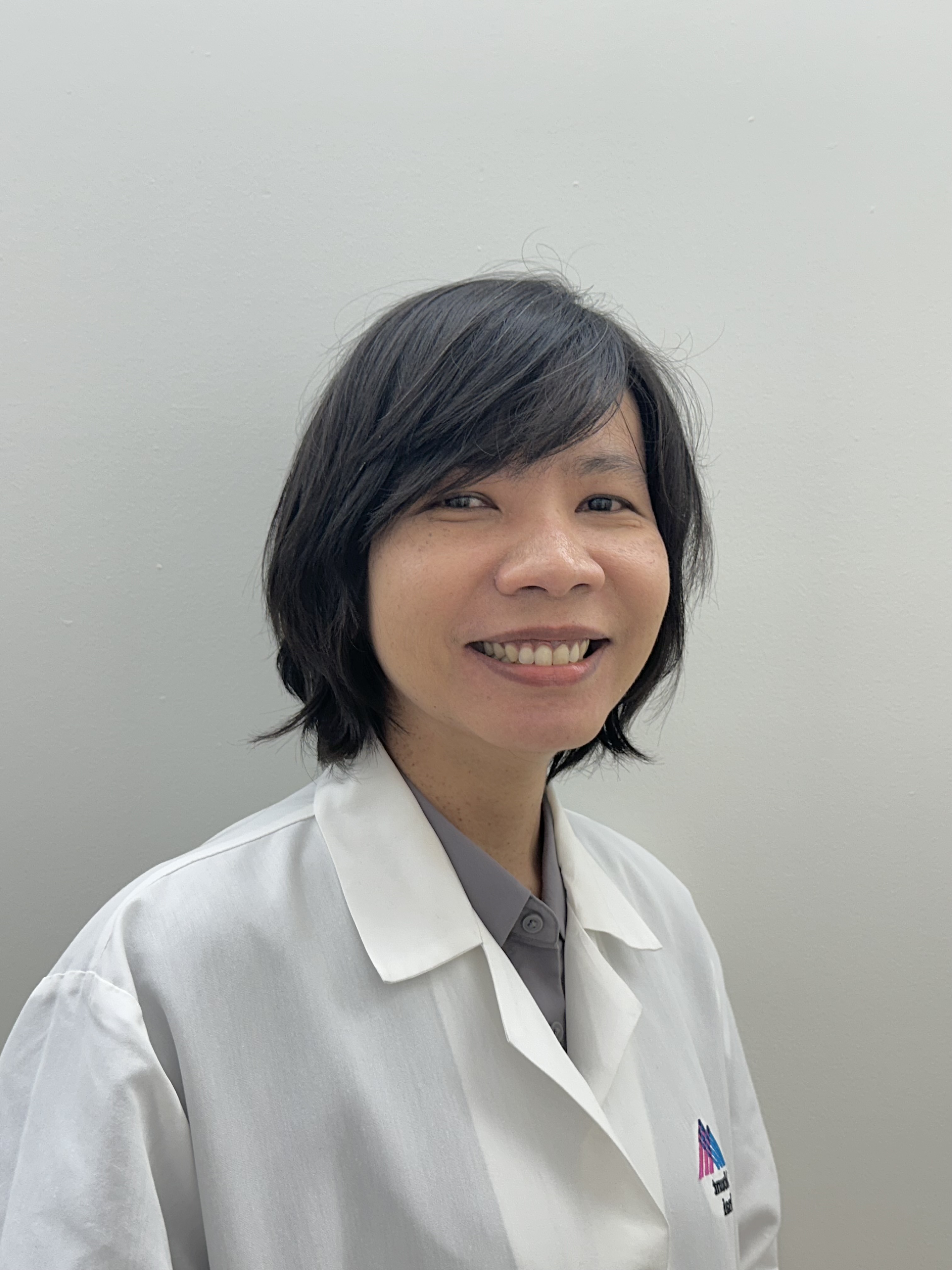
Pinanong Na Phatthalung, PhD
Postdoctoral Fellow
Ginzburg Laboratory
Hematology and Medical Oncology
Icahn School of Medicine at Mount Sinai
I completed my Ph.D degree in Microbiology at Prince of Songkla University, Thailand. I did my first postdoctoral fellowship at the Zhejiang University School of Medicine, Hangzhou, PR China, where I elucidated the critical function of Slc30a1 zinc transporter on macrophages in response to Salmonella infection.
Since joining the Ginzburg laboratory in October 2023 for my second postdoctoral fellowship, I have focused my effort on understanding how erythroferrone (ERFE) production in osteoblasts impacts bone homeostasis, hepcidin regulation, and stress erythropoiesis in vivo and in vitro.
A short description of the work that will be the focus of your Fellowship
Recent decades revealed that the central regulator of iron homeostasis, hepcidin, is suppressed by expanded erythropoiesis in β-Thalassemia, leading to iron overload even in the absence of transfusion. Specifically, excess bone marrow red blood cell precursors in β-Thalassemia patients and mice produce increased concentrations of another hormone, erythroferrone (ERFE), which leads to hepcidin suppression. We previously demonstrate that ERFE is also produced by bone progenitor cells and ERFE loss in β-thalassemic mice decreases bone mineral density. We have now generated a mouse that allows us to selectively delete ERFE in bone progenitors. In preliminary experiments, these mice demonstrate that bone progenitor derived ERFE is essential for hepcidin regulation during acutely expanded erythropoiesis as occurs after bleeding in normal mice. We hypothesize that bone progenitor derived ERFE 1) is important for hepcidin suppression in chronically expanded erythropoiesis in β-Thalassemic mice, 2) its loss enables more efficient erythropoiesis and ameliorates anemia in β-Thalassemic mice, and 3) bone mineral density correlates with ERFE concentration in β-Thalassemia patients and mice. To test these hypotheses, we propose to assess erythropoiesis-, iron metabolism-, and bone-related parameters in β-thalassemic mice with selective bone progenitor deletion of ERFE in Aim 1 and correlate bone mineral density with serum ERFE in both transfusion-dependent and non-transfusion requiring β-Thalassemia patients in Aim 2. We anticipate that the successful completion of this timely, significant, and innovative direction will increase understanding of how ineffective erythropoiesis is regulated in β-Thalassemia and provide rationale for targeted development of novel therapeutic approaches for β-Thalassemia patients.
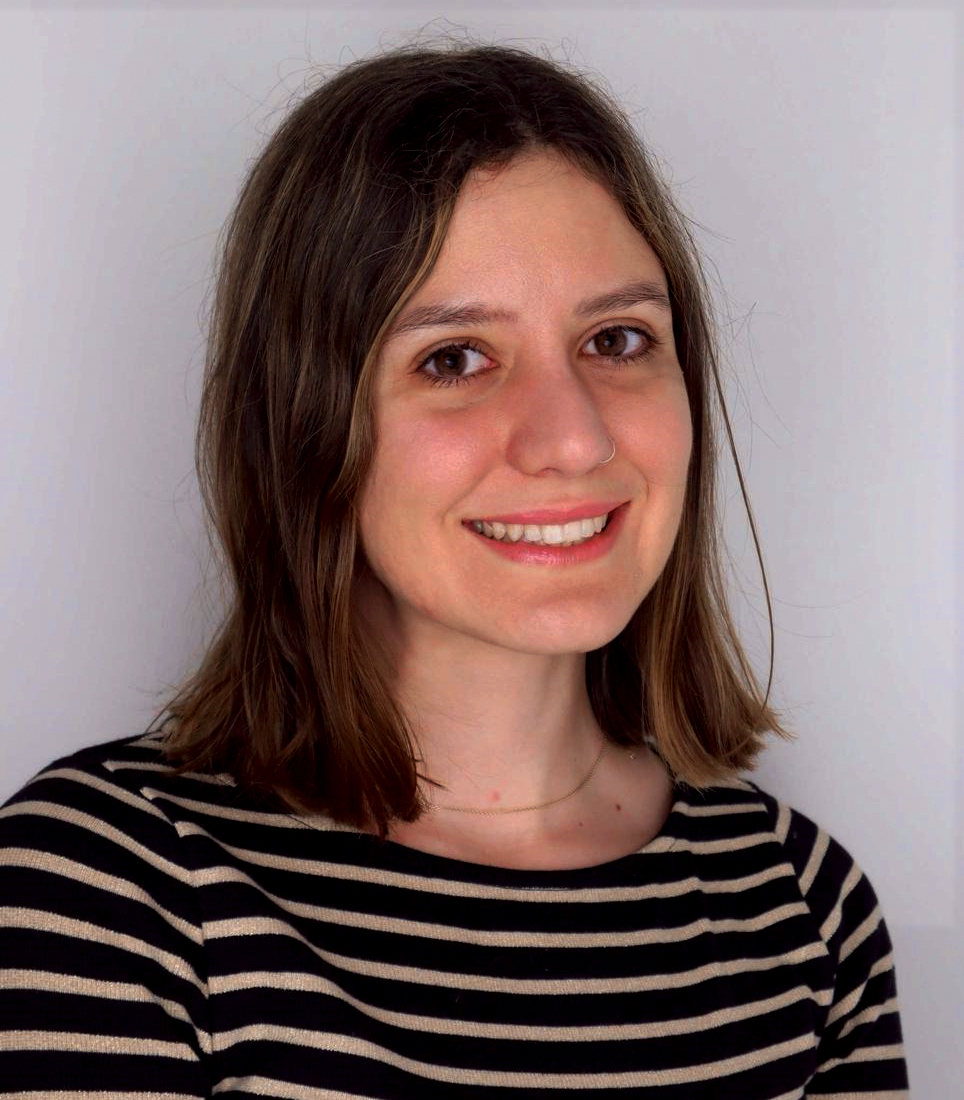
Maria Eleni Psychogyiou, PhD
Dr Maria Eleni Psychogyiou is a postdoctoral fellow in Dr. Stefano Rivella’s lab in the Department of Hematology at the Children’s Hospital of Philadelphia.
She earned her bachelor’s degree in Chemistry and master’s degree in Biochemistry from the University of Crete, Greece. During her master’s studies, she completed an Erasmus internship at the MVLS College of the University of Glasgow.
Dr. Psychogyiou received her PhD in Hematology from King’s College London as a Marie Curie fellow. Her doctoral research focused on characterizing the functional differences between GATA1-FL and GATA1s in erythropoiesis and investigating the role of GATA1 in regulating the ERCC1-XPF NER endonuclease.
As a postdoctoral researcher, she is developing innovative gene therapy strategies for α-Thalassemia. Utilizing novel mouse models of the disease, she studies the underlying pathophysiology and explores potential therapeutic approaches, including lentiviral vectors and in vivo gene editing.
Short description of the project
α-Thalassemia (AT) is a genetic disorder that disrupts the α-globin production. Patients with AT exhibit reduced hemoglobin accumulation resulting in poor oxygen delivery and anemia. Even if it is estimated that 5-10% of the global population carries the genetic trait for α-Thalassemia, there is currently no available gene therapy treatment for the disease. The only curative treatment is hematopoietic stem cell transplantation (HSCT), which carries serious risks. In this research project, we have designed novel mouse models that replicate key human AT mutations, to investigate the pathophysiology of the disease. To treat these forms of AT we are developing two therapeutic approaches: a lentiviral vector to deliver a healthy α-globin gene, and gene editing tools to directly correct the mutations. Together, these efforts aim to lay the groundwork for safer, targeted treatments for AT.
